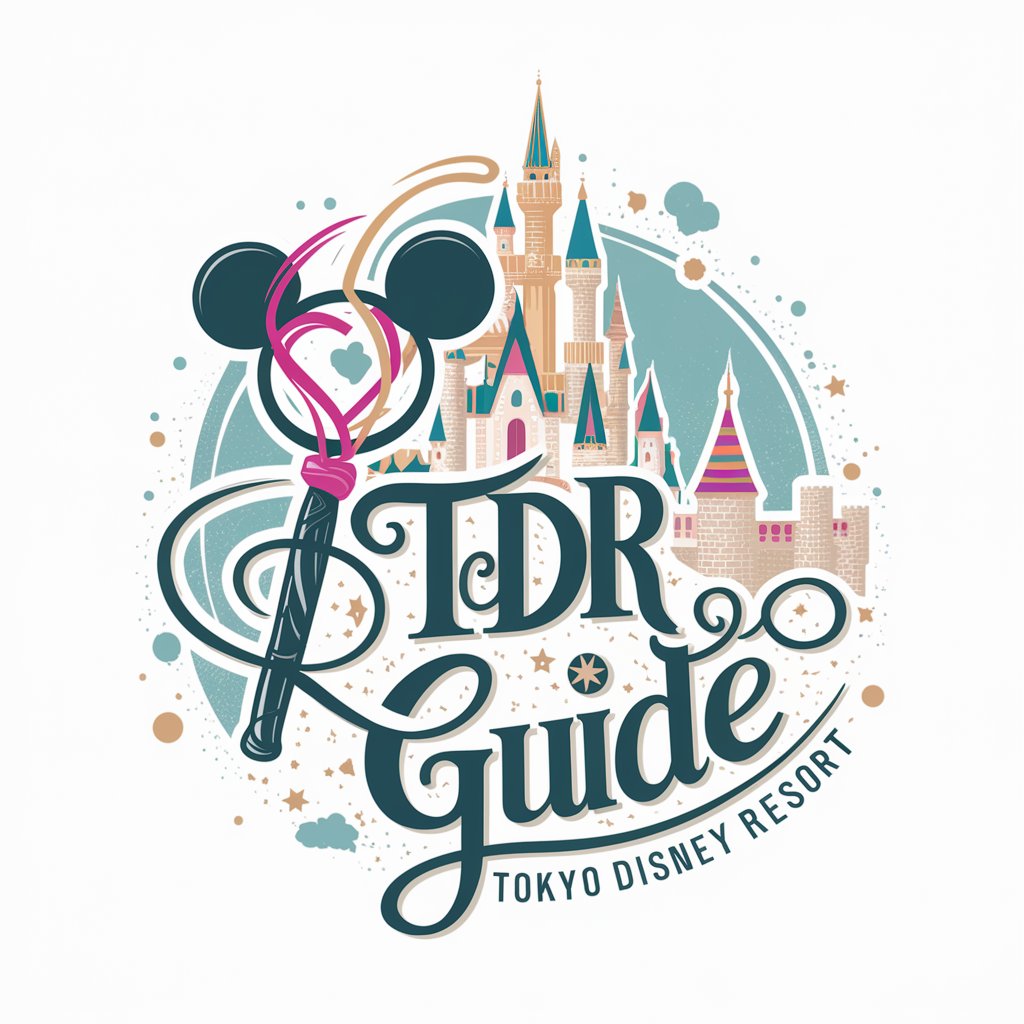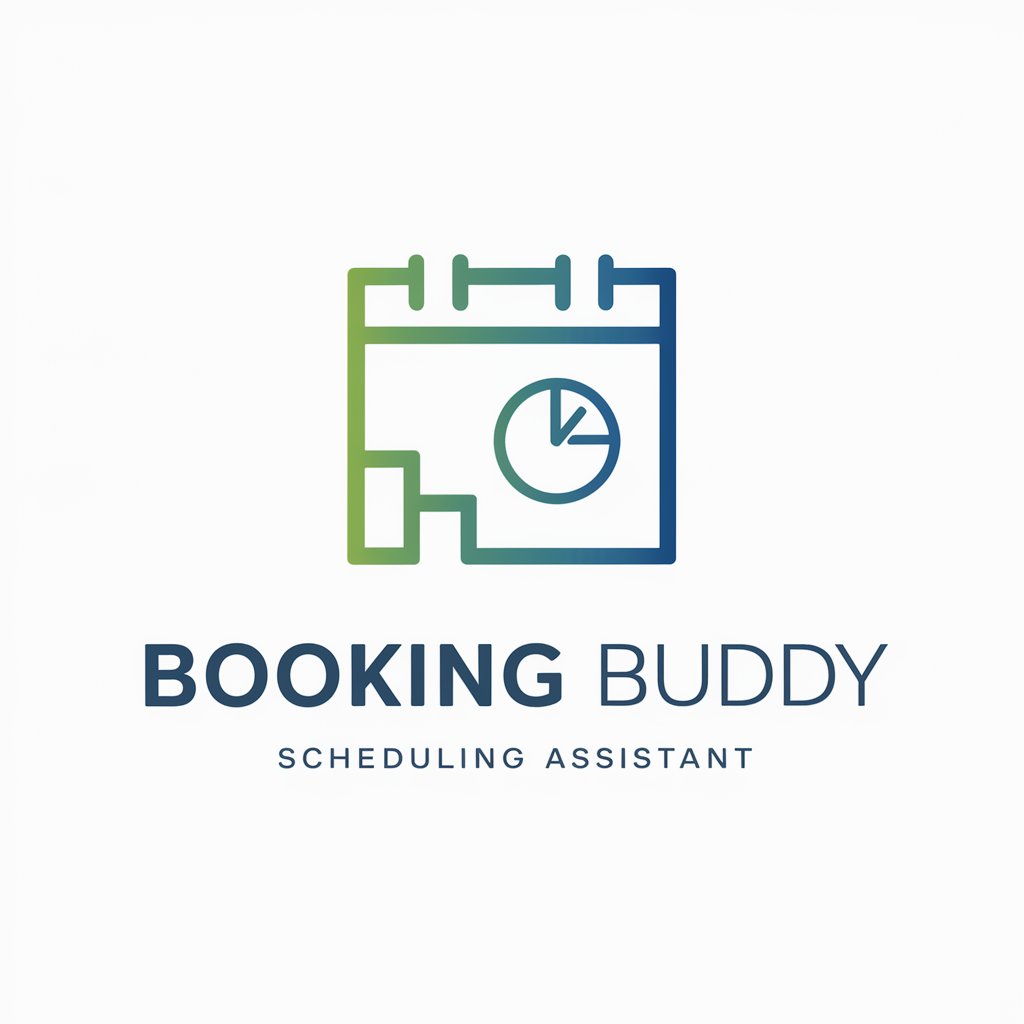USDA Plant Hardiness Helper - Plant Hardiness Insights

Hello! Let's find the perfect plants for your hardiness zone.
AI-driven Plant Selection Guide
What are the best plants for USDA Hardiness Zone 6?
Can you suggest some drought-tolerant plants for Zone 9?
What is the ideal soil type for growing perennials in Zone 5?
How can I design a landscape that thrives in Zone 8?
Get Embed Code
Overview of USDA Plant Hardiness Helper
The USDA Plant Hardiness Helper is designed to assist landscape architects and gardening enthusiasts in selecting suitable plants based on the USDA Plant Hardiness Zone Map. This tool interprets the hardiness zones and provides tailored advice on plant choices, considering factors like local climate, soil type, and sun exposure. An example scenario includes a landscape architect planning a garden in a zone 5b area; using this tool, they can identify frost-resistant perennials that will thrive in colder temperatures, such as Hostas or Sedum. Powered by ChatGPT-4o。

Core Functions of USDA Plant Hardiness Helper
Zone-Specific Plant Recommendations
Example
Determining appropriate ornamental grasses for zone 8b.
Scenario
A landscape designer is tasked with creating a drought-tolerant garden in zone 8b. They use the Helper to find plants like Miscanthus and Muhlenbergia that can withstand mild winters and long, hot summers.
Advice on Planting Conditions
Example
Guidance on soil amendments for acidic soils in zone 6a.
Scenario
A homeowner wants to improve their garden soil in zone 6a to cultivate blueberries, which require acidic soil. The Helper advises on organic matter additions and soil pH adjustments to create optimal growing conditions.
Landscape Design Considerations
Example
Creating a year-round color scheme for zone 7 gardens.
Scenario
A commercial property manager aims to enhance curb appeal with a landscape that offers visual interest throughout all seasons. The Helper suggests a mix of evergreen shrubs, winter-blooming plants, and autumn foliage species suitable for zone 7.
Target User Groups for USDA Plant Hardiness Helper
Professional Landscape Architects
These users benefit from advanced tools to select plants accurately according to specific zones, ensuring their designs are both beautiful and sustainable. They utilize the Helper to streamline the design process and to back their plant choices with robust data.
Hobbyist Gardeners
Enthusiasts with a passion for gardening gain insights into the right plants for their local climate, helping them to experiment successfully and enhance their private gardens. The Helper provides user-friendly advice that demystifies the complexities of hardiness zones.
Educational Institutions
Agricultural and horticultural schools use the Helper as a teaching tool to illustrate the importance of climate considerations in plant selection and horticultural practices. It serves as a practical resource in classrooms to connect theory with real-world applications.

How to Use the USDA Plant Hardiness Helper
Start your trial
Begin by visiting yeschat.ai to activate a free trial, with no login or ChatGPT Plus required.
Access the tool
Navigate to the USDA Plant Hardiness Helper interface within the website.
Enter your zone
Input your specific USDA plant hardiness zone to tailor the search and advice to your local climate conditions.
Select plants
Use the tool to filter and select plants that are best suited for the entered hardiness zone.
Review care tips
Read detailed care instructions and tips provided for the chosen plants to ensure successful cultivation.
Try other advanced and practical GPTs
ServerTech Guru
Optimize Your Servers with AI

GistGPT by Lisa J Meier, PhD
Transform Text with AI-Powered Summaries

Spanish
Empowering Spanish learning with AI

TDR Guide
Experience Disney Magic, AI-Enhanced

Tech Support Advisor + Spa
Empowering your tech journey with AI

chat a i
Conversational AI, Real-time Insights

Booking Buddy
Streamline Scheduling with AI

슈퍼자기경영 코딩 멘토링
Harness AI to Elevate Your Coding

Ableton Mentor
Elevate Your Music with AI

Montessori Mentor
Empowering Education with AI Insights

Dumbot
Bringing AI to Comedy!

School Autism GPT
AI-Powered Autism Education

Common Questions About USDA Plant Hardiness Helper
What is the USDA Plant Hardiness Zone Map?
The USDA Plant Hardiness Zone Map divides North America into 13 zones based on the average annual minimum winter temperature. It's a standard by which gardeners and growers can determine which plants are most likely to thrive at a location.
How can I find my hardiness zone using this tool?
Enter your postal code or location into the USDA Plant Hardiness Helper, and it will automatically display your local hardiness zone, helping you select appropriate plants for your area.
Can this tool suggest plants for coastal areas?
Yes, it can recommend plants suitable for coastal areas by considering factors like salt tolerance and wind exposure, specific to your hardiness zone.
Is this tool useful for professional landscape architects?
Absolutely, it provides landscape architects with data-driven insights into plant hardiness and suitability, enabling informed decisions for project planning and client advisement.
Does the tool offer advice on plant care?
Yes, the USDA Plant Hardiness Helper includes detailed care instructions for various plants, covering watering, fertilization, sun exposure, and more.
